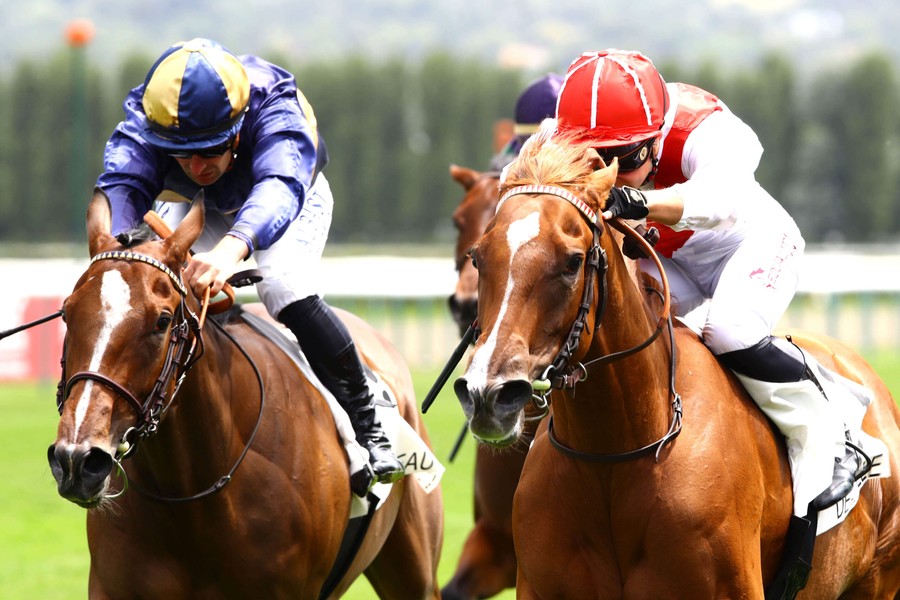

Grand Slam tennis tournaments—Wimbledon, the US Open, the Australian Open, and the French Open—are the pinnacle of the sport, bringing together the world’s best players on the biggest stages. For bettors, these events offer unique opportunities, but success requires more than just picking the biggest names. Understanding key trends, surface effects, and player performance patterns can give you an edge. In this guide, we’ll break down how to bet on Grand Slam tournaments effectively and highlight the factors that influence outcomes.
Understanding Grand Slam Betting Markets
Before diving into strategies, it’s essential to know the different types of bets available for Grand Slam tournaments:
1. Outright Winner
A long-term bet on a player to win the tournament. This market is available weeks or months in advance and often offers high odds before the competition starts.
2. Match Betting
A simple wager on who will win a specific match. Straightforward, but odds for favourites can be low, requiring careful selection.
3. Set Betting
Predicting the exact score in sets (e.g., 3-1 or 3-0 in men’s best-of-five matches). This market offers better odds but requires an understanding of players’ consistency.
4. Handicap Betting
Betting on a player with a virtual advantage or disadvantage. A -4.5 games handicap means a player must win by at least 5 more games than their opponent.
5. Over/Under Total Games or Sets
A bet on whether a match will have more or fewer games/sets than a given number. Useful for matches involving big servers or strong defensive players.
6. First Set Winner
A bet on who wins the first set, ideal when backing strong starters or fading slow starters.
7. In-Play Betting
Live betting on ongoing matches, where odds shift based on momentum, injuries, and in-game performance.
Key Factors for Betting on Grand Slam Tennis
1. Surface Matters More Than You Think 🎾
Each Grand Slam is played on a different surface, which heavily influences player performance:
- Hard Courts (Australian Open & US Open)→ Favor powerful servers and aggressive baseliners (e.g., Novak Djokovic, Daniil Medvedev).
- Clay Courts (French Open)→ Benefit strong defensive players and those with heavy topspin (e.g., Rafael Nadal, Carlos Alcaraz).
- Grass Courts (Wimbledon)→ Favor big servers and net players due to the fast surface (e.g., Roger Federer, Nick Kyrgios).
Looking at past tournament performances on specific surfaces helps identify value bets.
2. Player Grand Slam Performance vs. Regular Tour
Some players excel in Grand Slams, while others struggle under the pressure:
✅ Big Match Players – Players like Djokovic and Nadal elevate their level in Slams, making them reliable outright or match bets.
⚠️ Early Round Specialists – Some lower-ranked players often cause upsets in the first rounds but lack consistency to go deep.
❌ Chronic Underperformers – Talented players who fail to deliver on the big stage due to mental or physical factors.
Analysing a player’s past Grand Slam records can help you identify the best bets.
3. Fatigue & Five-Set Endurance
Grand Slam tournaments require men to play best-of-five sets instead of the usual best-of-three. This significantly affects:
- Older playerswho struggle with stamina (e.g., players over 35 often fade in long matches).
- Players coming off marathon matches—watch for those who play back-to-back five-setters.
- Young prospectswho may lack the endurance or experience to win five-set battles.
Checking a player’s recent workload and injury history is crucial before placing bets.
4. Head-to-Head Records & Playing Styles
Not all matchups are equal. Some players dominate specific opponents due to their playing style:
🎯 Aggressive Baseliners vs. Defensive Players – Players like Medvedev and Djokovic excel at frustrating aggressive opponents.
🔥 Big Servers vs. Return Specialists – A big server like John Isner might struggle against an elite returner like Djokovic.
🎭 Psychological Edge – Some rivalries are one-sided (e.g., Nadal vs. Gasquet), making history an important betting factor.
Always check head-to-head stats before betting.
5. Momentum & Recent Form
A player’s form leading into a Grand Slam is a strong indicator of success:
✅ Players who perform well in warm-up tournaments often carry momentum into Grand Slams.
⚠️ Players returning from injury may struggle with fitness and match sharpness.
❌ Out-of-form top seeds may be vulnerable to early upsets.
Monitoring ATP and WTA events in the weeks leading up to a Slam can give you an advantage.
6. Betting on Women’s Grand Slam Matches
The WTA Tour tends to have more upsets than the men’s game, especially in early rounds. Factors to consider:
- Unpredictability– More frequent surprises, especially in the second week of a tournament.
- Three-Set Format– Best-of-three sets in every round means fewer comebacks compared to men’s best-of-five.
- Strong Young Players– Emerging stars often perform well at Grand Slams before the market catches up.
While favourites dominate men’s Slams, upsets are more common in the women’s game, presenting value opportunities.
Grand Slam Betting Strategies
1. Back the Defending Champion with Caution
While previous winners have a strong record, they often face tougher draws, making outright bets riskier.
2. Look for Value in Early Rounds
Top players may start slow, offering value in set betting or over total games markets.
3. Use Handicap Betting on Big Servers
If a match features a player like Isner or Kyrgios, betting on over total games or + handicap can be profitable.
4. In-Play Betting on Slow Starters
Players like Tsitsipas and Zverev often lose the first set before winning, making in-play comeback bets valuable.
5. Bet on the French Open’s Clay Court Specialists
Some lower-ranked players thrive on clay (e.g., Diego Schwartzman) and often outperform their odds in Paris.
Final Thoughts
Betting on Grand Slam tennis requires more than just picking the best players. Surface conditions, player endurance, head-to-head matchups, and tournament trends all play crucial roles. Whether you’re placing an outright bet, using handicap markets, or betting in-play, a strategic approach is key to maximizing returns.
As you explore your options to bet on tennis, remember that Grand Slam tournaments bring unique challenges and opportunities. Use data, trends, and recent form analysis to make informed bets and capitalize on the biggest moments in tennis! 🎾💰



